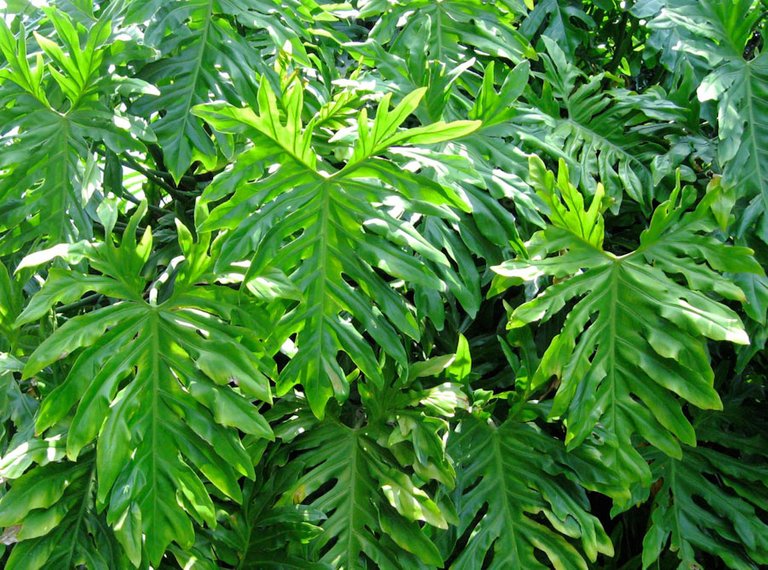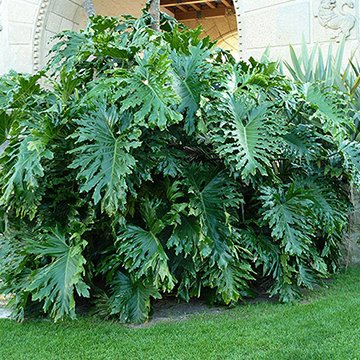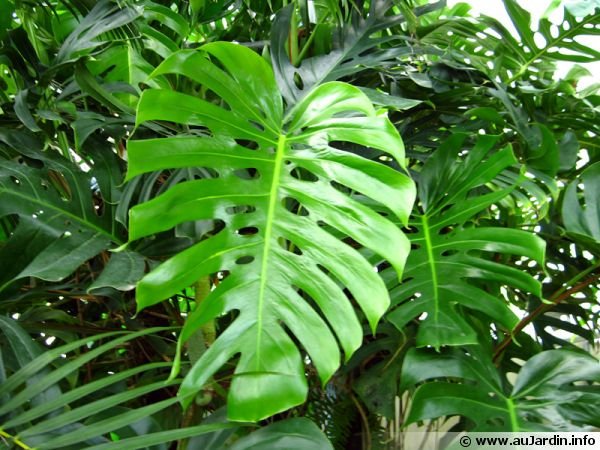Philodendron is a large genus of flowering plants in the Araceae family. As of September 2015, the World Checklist of Selected Plant Families accepted 489 species;[2] other sources accept different numbers.[3][4] Regardless of number of species, the genus is the second-largest member of the Araceae family.[citation needed] Taxonomically, the genus Philodendron is still poorly known, with many undescribed species. Many are grown as ornamental and indoor plants. The name derives from the Greek words philo- or "love, affection" and dendron or "tree". They are commonly called by their generic name.


Compared to other genera of the family Araceae, philodendrons have an extremely diverse array of growth methods. The habits of growth can be epiphytic, hemiepiphytic, or rarely terrestrial.[5] Others can show a combination of these growth habits depending on the environment. Hemiepiphytic philodendrons can be classified into two types: primary and secondary hemiepiphytes. A primary hemiepiphytic philodendron starts life high up in the canopy where the seed initially sprouts.

Secondary hemiepiphytes start life on the ground or on part of a tree trunk very close to the ground, where the seeds sprout. These philodendrons have their roots in the ground early in their lives. They then begin climbing up a tree and eventually may become completely epiphytic, doing away with their subterranean roots. Secondary hemiepiphytes do not always start their lives close to a tree. For these philodendrons, the plant will grow with long internodes along the ground until a tree is found. They find a suitable tree by growing towards darker areas, such as the dark shadow of a tree.


Source
You are viewing a single comment's thread from: